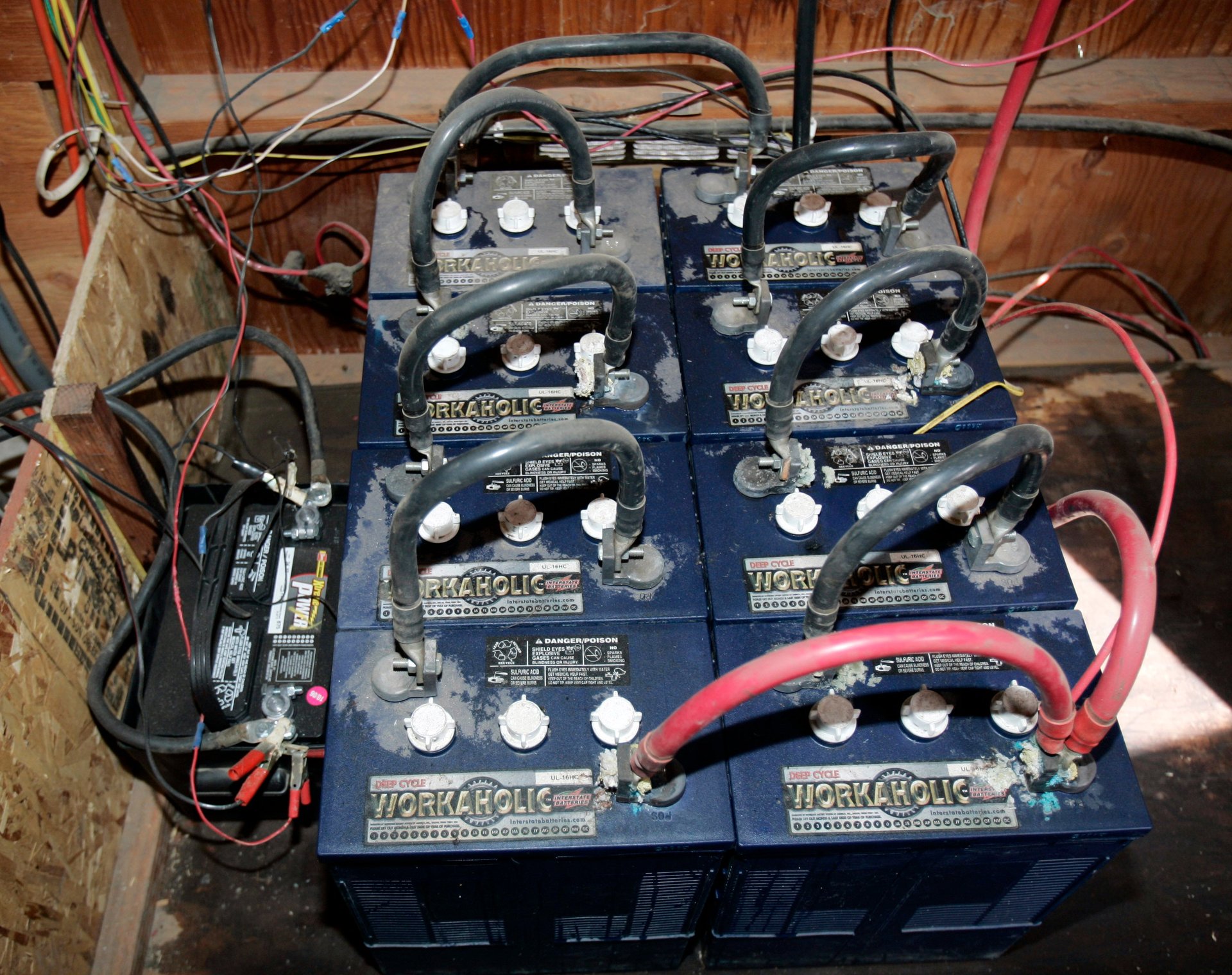Solar and wind are now the cheapest energy around—unless you need to store it
Solar and wind are becoming victims of their own success. With power from utilities’ photovoltaic panels and wind turbines now cheaper than at any point in history, they’re beating out almost every conventional fossil fuel source including natural gas in some places, reports Greentech Media.


Solar and wind are becoming victims of their own success. With power from utilities’ photovoltaic panels and wind turbines now cheaper than at any point in history, they’re beating out almost every conventional fossil fuel source including natural gas in some places, reports Greentech Media.
But there’s a catch. Renewable energy’s remarkable price declines are slowing, according to an analysis by financial firm Lazard. That’s to be expected: all exponential curves eventually level out, and renewable energy prices were plunging by double-digit percentages for years. Now, they’re hitting the bottom of the curve.
Over the last eight years, the levelized cost of electricity (averaging costs over a generating asset’s lifetime) dropped an average of 15.5% per year for utility solar and 13% for wind, mostly in the first half of that period. This year, the annual reductions are estimated to be 9% for solar and 4% for wind, reports Greentech Media
That still puts renewables in pole position except for one thing: storage. Although not all renewables need storage, it’s importance grows as solar and wind power expands, creating fluctuations in supply alongside the strength of the wind and sun. In the past, critics have dismissed the idea that renewables could ever supply more than a small share of the electric grid because of this intermittency. That’s been dispelled by many countries, including Germany which operates with 30% renewable power mix (often far more) and limited storage capacity.
But once very high levels of renewable penetration are reached, storage is added to ensure a stable supply of electricity and deal with peaks. That will be the next great challenge. At the moment, adding storage eliminates renewables’ price advantage. “Energy storage is not currently cost competitive in most applications,” concludes Lazard (pdf).
Take utility-scale photovoltaics. At $46 to $53 per megawatt-hour of generation, it handily beats coal ($60) and natural gas ($68). But pairing a battery and inverter with the system for 10 hours of storage raises the cost to $82 per megawatt-hour. Lazard’s analysis shows stored energy costs ranging from $184 per megawatt-hour to more than $250.
Storage prices, which includes everything from batteries to pumped water reservoirs, will likely keep falling as costs decline through manufacturing and engineering refinements. Better prices should also come as demand grows with regulatory changes, pricing innovations for grid services, and the expansion of renewables. Lazard expects lithium-ion batteries to drop by about 8.5% per year over the next five years. If history is any guide, storage prices won’t drop as fast as renewable prices have over the past decade.
To build an electric grid that runs almost entirely off renewables, as California legislators are discussing for 2050, it will take far lower storage prices.